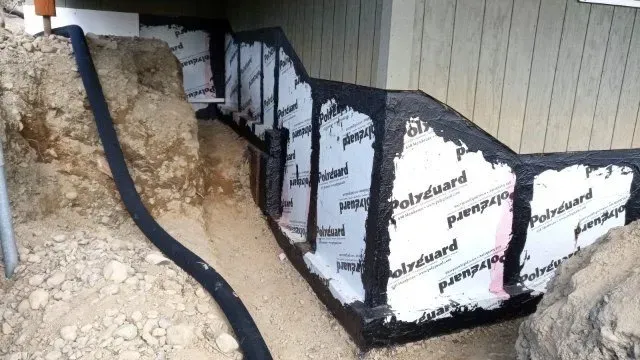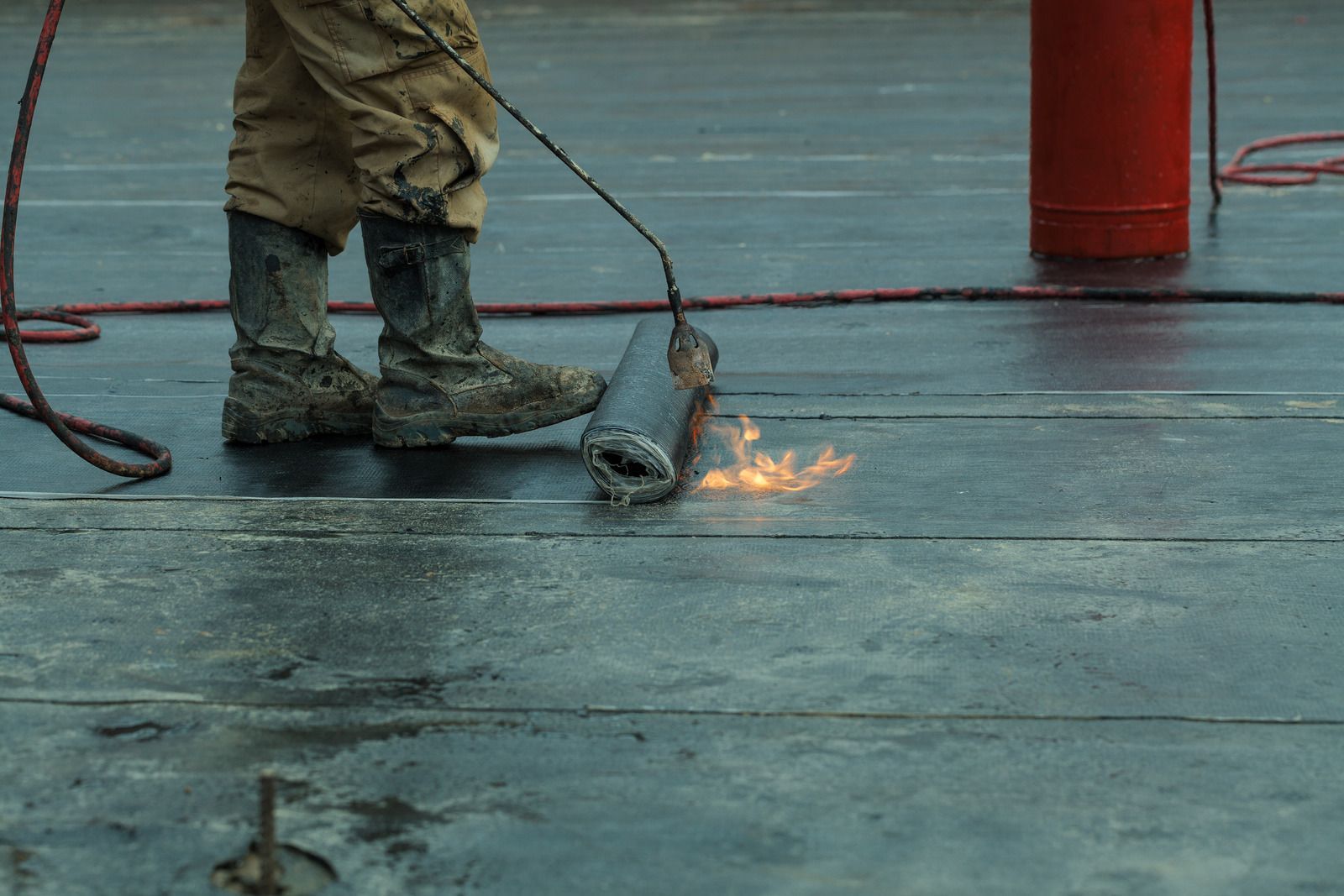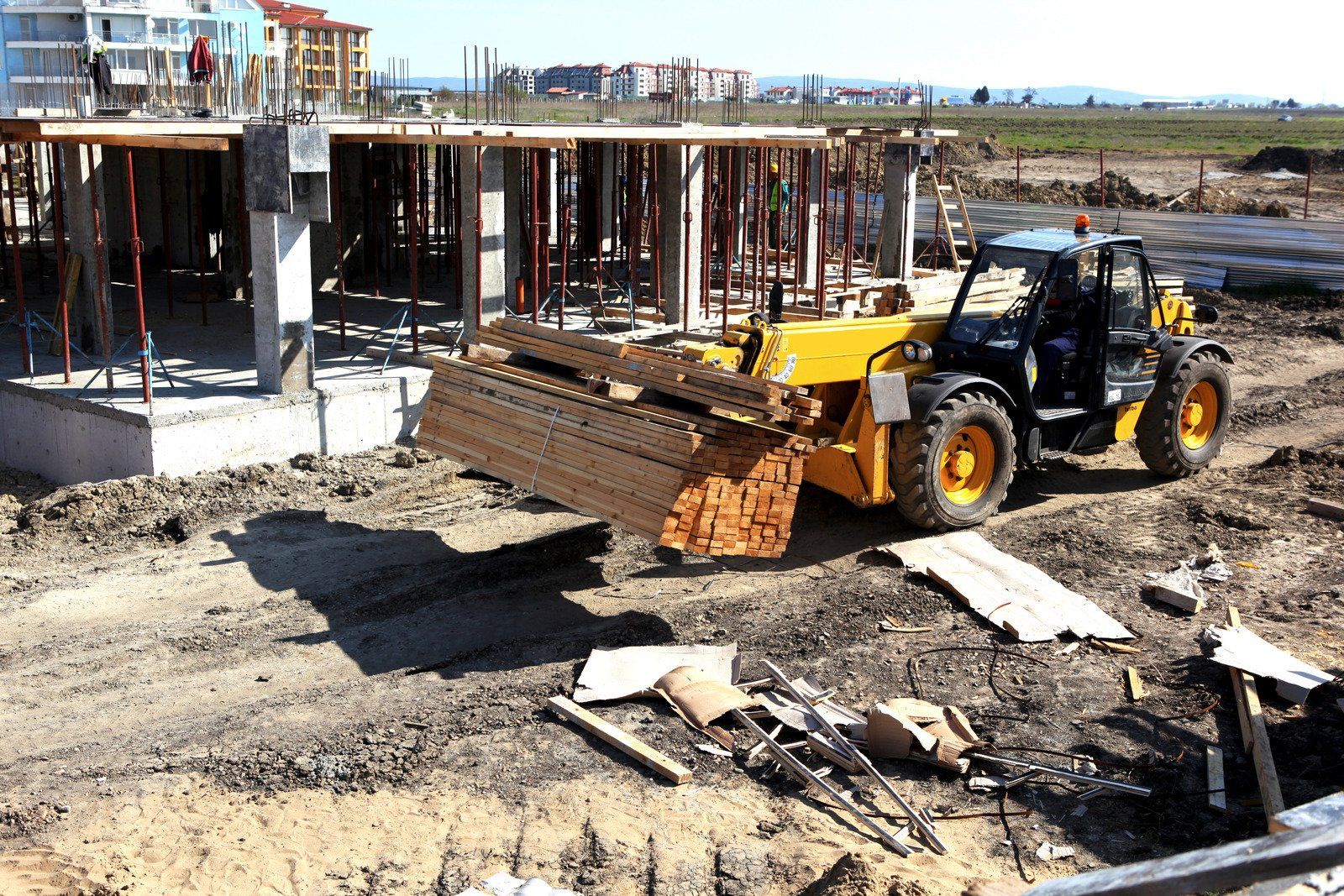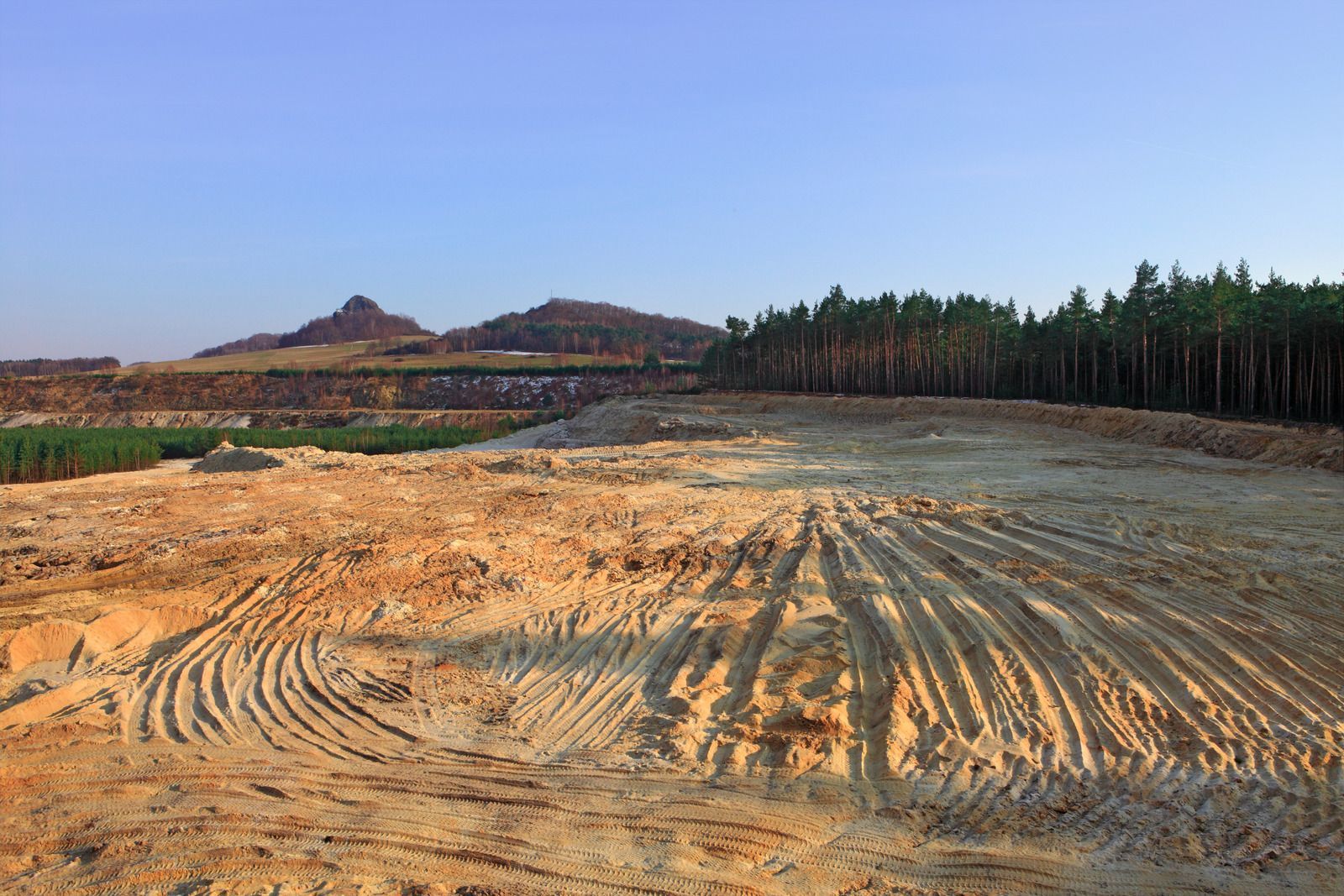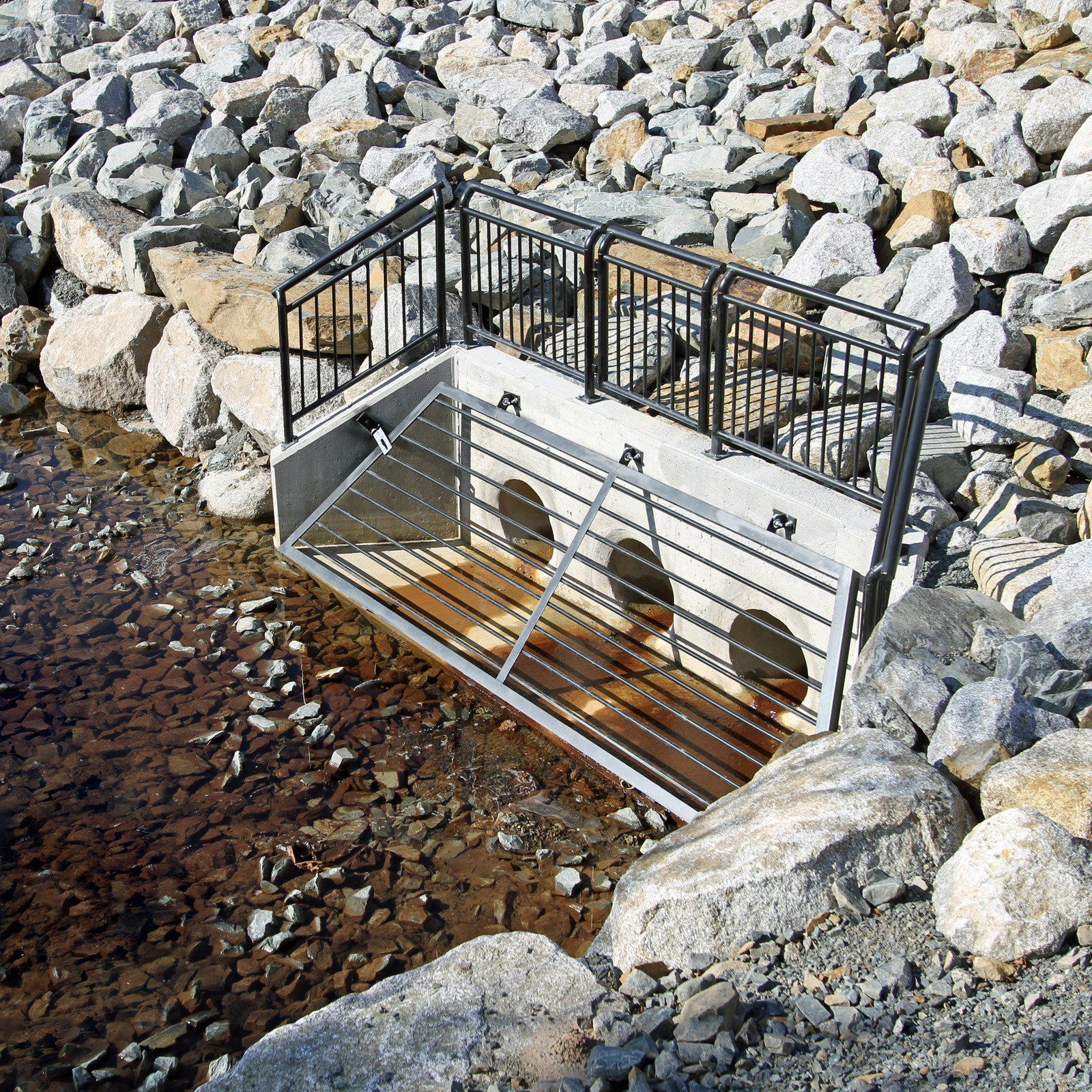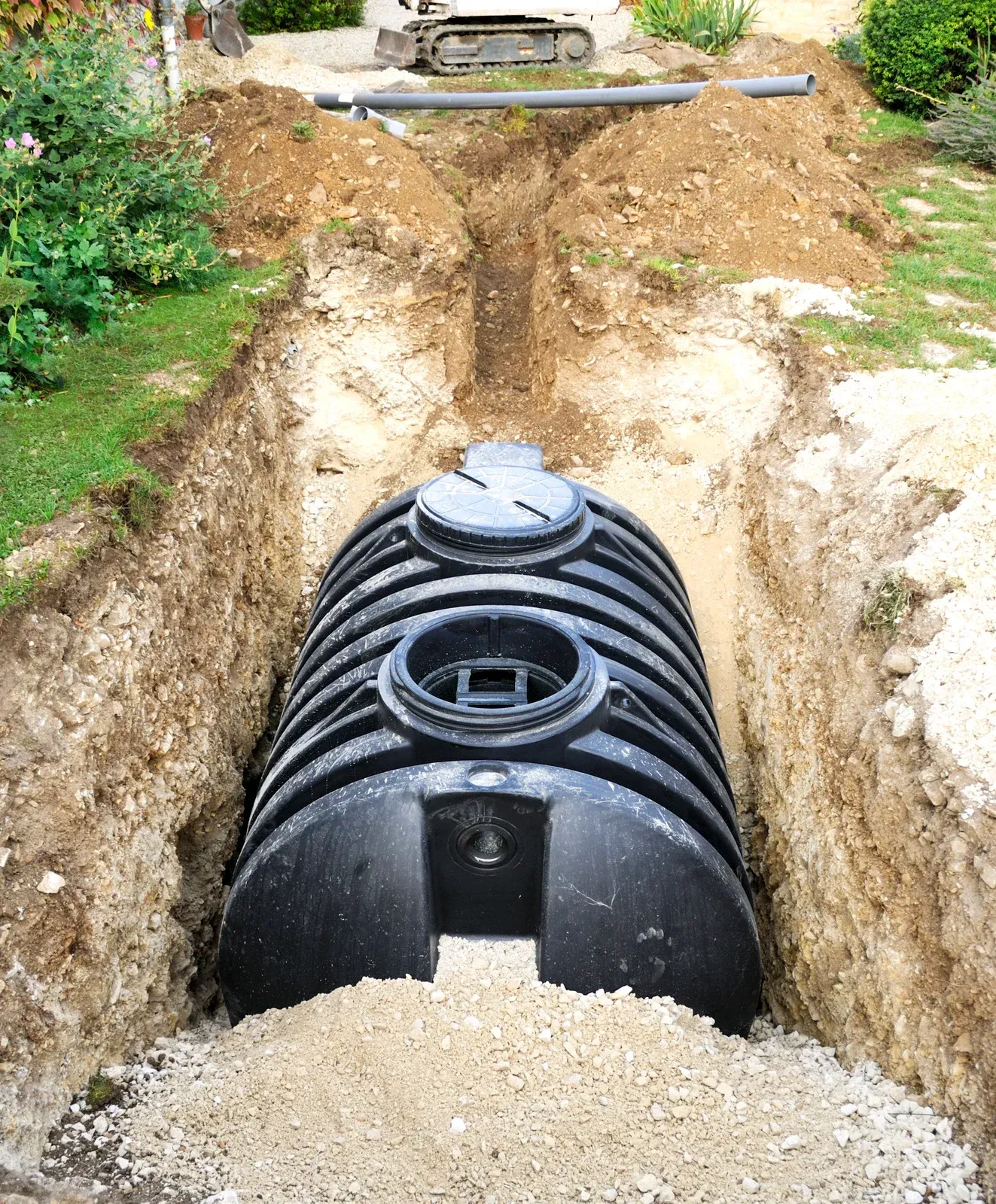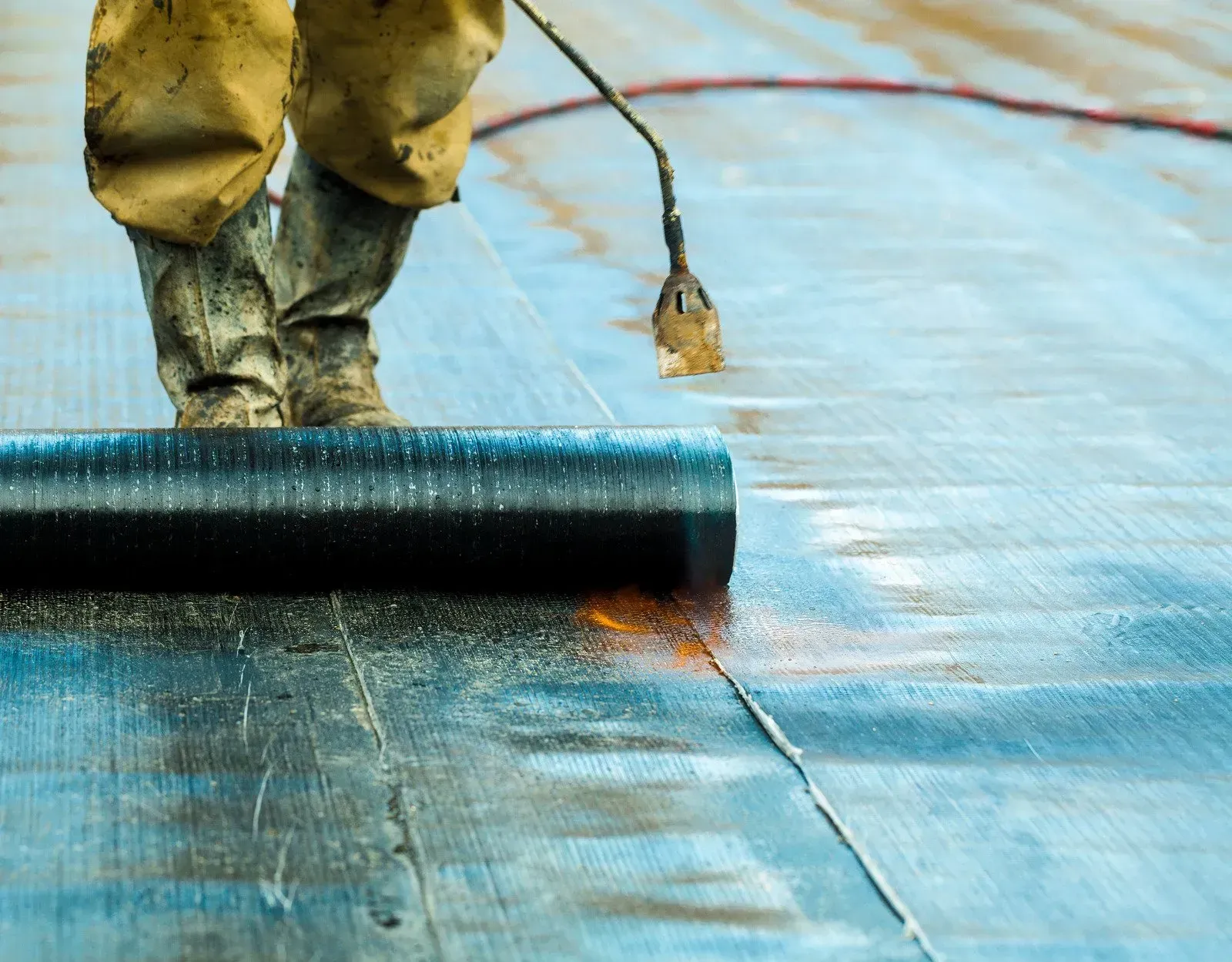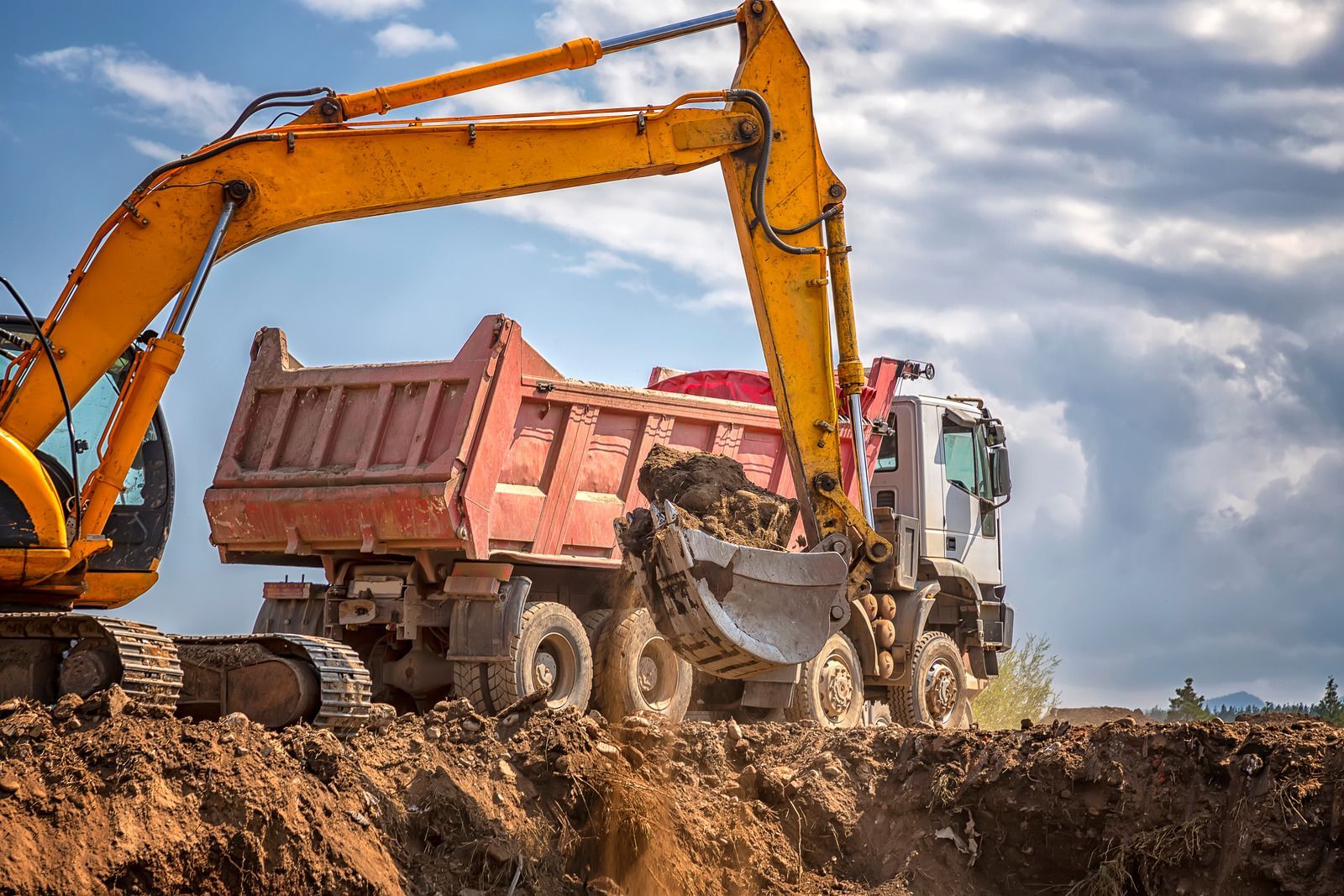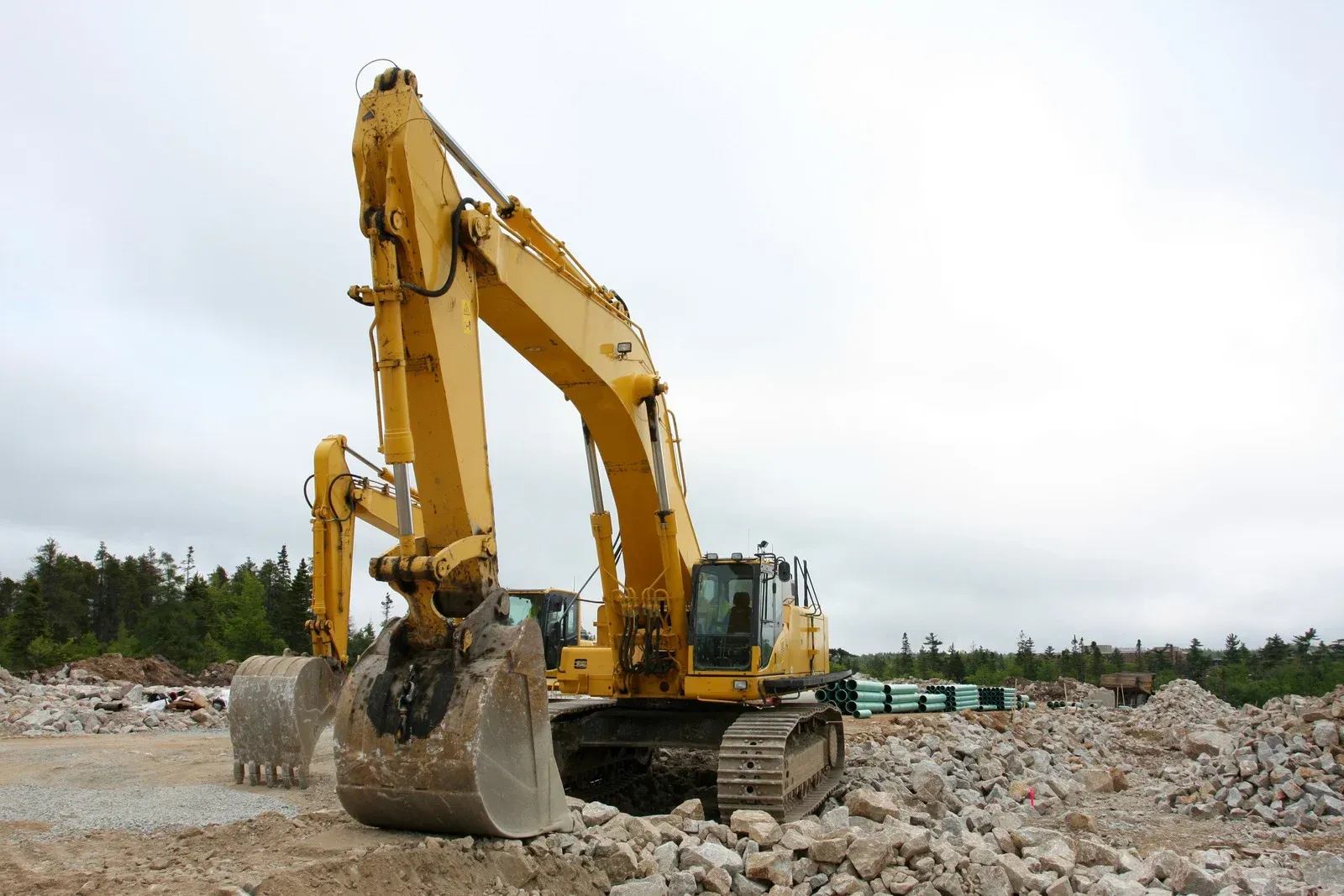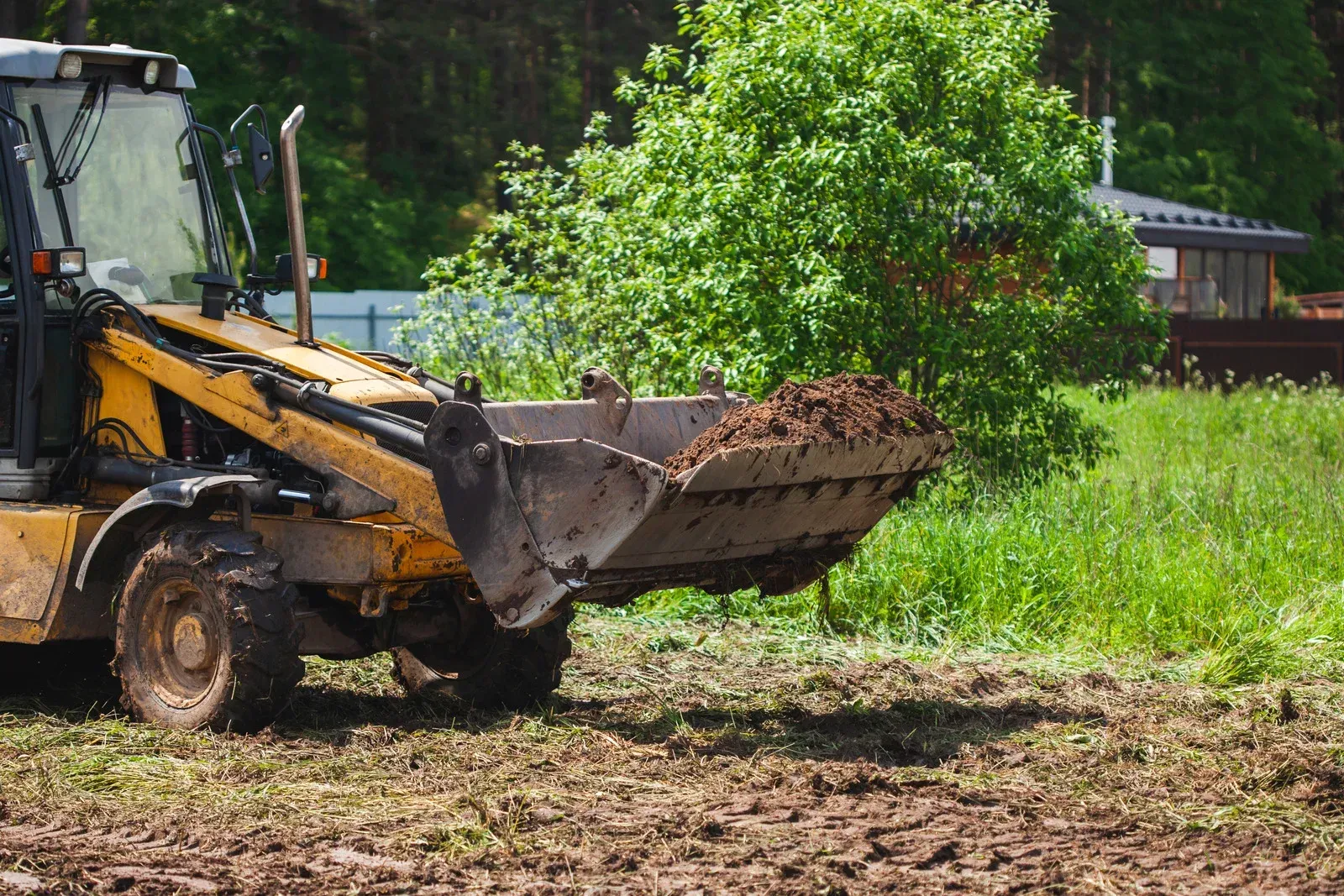What’s the Best Way to Maintain Storm Sewer Systems?
Storm sewer systems move rainwater away from streets and buildings. Without proper care, blockages can cause serious flooding. Water that does not drain properly may damage roads, homes, and businesses. Clogged drains also allow pollution to spread into lakes and rivers.
Inspections help detect problems before they get worse. Cleaning removes debris that might slow drainage. Repairing damaged pipes and drains keeps everything flowing correctly. Ignoring maintenance can lead to expensive repairs and safety hazards. Both public and private properties must take the right steps to keep stormwater moving.
Here are the best ways to maintain storm sewer systems.
Conduct Routine Inspections
Checking storm sewer systems helps detect issues early. Drains, pipes, and catch basins should receive regular inspections. Cracks, leaks, or obstructions might cause severe damage if left unchecked. Professionals can identify concerns and prevent costly repairs. Small cracks may expand over time. If not addressed, they could lead to major leaks. Blocked drains restrict water flow, increasing pressure inside pipes. That pressure may cause pipes to break. Regular checks keep everything working properly.
Clean Drains and Catch Basins
Dirt and debris collect inside drains and catch basins. Clearing out leaves, trash, and buildup keeps water moving. Blocked storm drains allow water to pool on streets and sidewalks. Clearing debris before heavy rain prevents backups. Cleaning also reduces the risk of polluted runoff reaching lakes and rivers. Professionals use specialized equipment to remove built-up materials and restore flow.
Control Tree Root Growth
Tree roots naturally grow toward water sources. They may enter small cracks inside pipes and expand, blocking drainage. When left unchecked, roots cause severe damage. Cutting roots restores proper drainage inside affected pipes. Specialized tools remove obstructions without harming surrounding infrastructure. If roots keep growing back, advanced methods may be necessary. Regular monitoring prevents serious issues.
Repair Damaged Pipes and Drains
Storm sewer components wear down over time. Cracks, holes, and misaligned sections allow water to leak out. If a pipe collapses, the entire drainage system may suffer. Fixing minor damage prevents costly problems. Professionals use cameras to locate trouble spots. Depending on the condition, they may patch small cracks or replace damaged sections. Well-maintained pipes keep water moving efficiently.
Remove Excess Sediment
Stormwater carries sand, dirt, and debris into drainage systems. Over time, these materials settle and narrow pipes. Less space inside restricts flow, increasing the risk of flooding. Removing sediment keeps pipes clear. Cleaning should happen regularly, especially in areas with frequent rainfall. Specialized equipment clears built-up material and restores proper drainage.
Stop Illegal Dumping
Some people dispose of waste, chemicals, or oil inside storm drains. It clogs the system and pollutes nearby water sources. Toxic substances harm the environment and increase maintenance costs. Proper waste disposal protects drainage systems. Property owners should follow local regulations to keep stormwater clean. Raising awareness helps prevent illegal dumping and keeps water sources safe.
Conclusion
Storm sewer systems need ongoing care to function correctly. Neglecting maintenance leads to serious risks. Flooded streets, damaged roads, and contaminated water sources become major concerns. Regular upkeep keeps storm sewers functioning, preventing unnecessary damage to homes, businesses, and communities.
